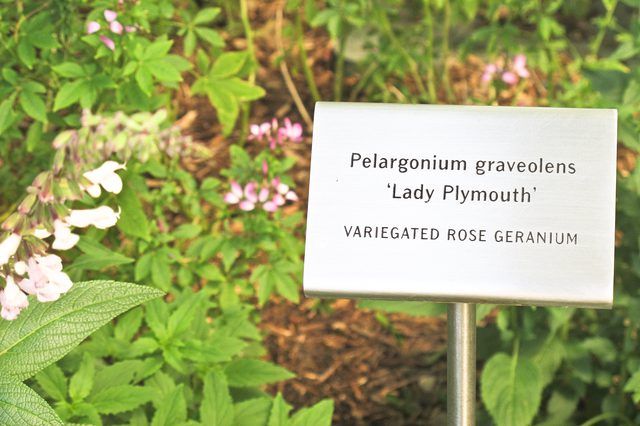Bulbs
Flower Basics
Flower Beds & Specialty Gardens
Flower Garden
Garden Furniture
Garden Gnomes
Garden Seeds
Garden Sheds
Garden Statues
Garden Tools & Supplies
Gardening Basics
Green & Organic
Groundcovers & Vines
Growing Annuals
Growing Basil
Growing Beans
Growing Berries
Growing Blueberries
Growing Cactus
Growing Corn
Growing Cotton
Growing Edibles
Growing Flowers
Growing Garlic
Growing Grapes
Growing Grass
Growing Herbs
Growing Jasmine
Growing Mint
Growing Mushrooms
Orchids
Growing Peanuts
Growing Perennials
Growing Plants
Growing Rosemary
Growing Roses
Growing Strawberries
Growing Sunflowers
Growing Thyme
Growing Tomatoes
Growing Tulips
Growing Vegetables
Herb Basics
Herb Garden
Indoor Growing
Landscaping Basics
Landscaping Patios
Landscaping Plants
Landscaping Shrubs
Landscaping Trees
Landscaping Walks & Pathways
Lawn Basics
Lawn Maintenance
Lawn Mowers
Lawn Ornaments
Lawn Planting
Lawn Tools
Outdoor Growing
Overall Landscape Planning
Pests, Weeds & Problems
Plant Basics
Rock Garden
Rose Garden
Shrubs
Soil
Specialty Gardens
Trees
Vegetable Garden
Yard Maintenance
How to Care for Geraniums
How to Care for Geraniums. Geraniums include both true geraniums (Geranium sanguineum), more commonly called cranesbill, and zonal geraniums (Pelargonium × hortorum), which have the colorful red flowers you may think of as geraniums. Zonal geraniums grow in U.S. Department of Agriculture plant hardiness zones 10 through 11 and but are treated...
Geraniums include both true geraniums (Geranium sanguineum), more commonly called cranesbill, and zonal geraniums (Pelargonium ? hortorum), which have the colorful red flowers you may think of as geraniums. Zonal geraniums grow in U.S. Department of Agriculture plant hardiness zones 10 through 11 and but are treated as annuals in colder regions. Cranesbills grow in USDA zones 4 through 8. If you're looking for low-fuss plants, go for cranesbills, but if you don't mind doing a little primping, zonal geraniums reward with large, bright flower heads.
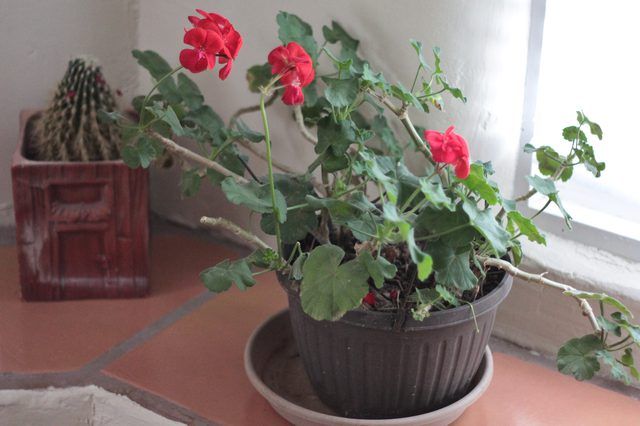
Zonal geraniums need fertilizer every six weeks from spring through fall. Cranesbills only need fertilizing once in the spring before or just as new growth starts. Use 9 tablespoons of 10-10-10 fertilizer for each 25-square-foot area. Mix the fertilizer into the top 1 inch of soil then water the garden bed. The fertilizer and application rates are the same, but each type of geranium needs it more or less frequently.
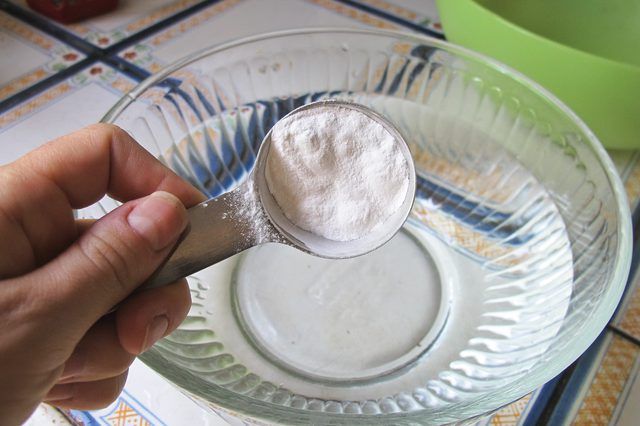
Water zonal geraniums once a week using between 1 and 2 inches of water during dry summer months. Zonal geraniums are susceptible to fungal problems, like leaf spot and grey mold, especially when the leaves stay wet. Watering early on a dry day allows the leaves to dry out, minimizing this potential problem. Cranesbills flourish when given 1 to 2 inches of water per week, but if they dry out, these hardy perennials rarely show significant stress.
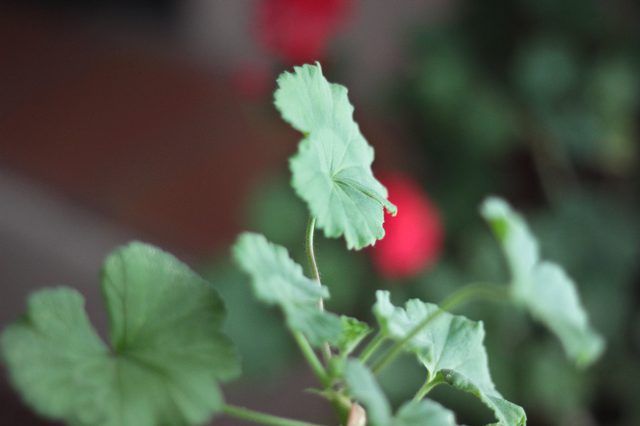
If you're growing hardy geraniums you're not likely to run into pest or disease problems. Zonal geraniums are more susceptible to root rot, leaf spot and fungal problems. Grow zonal geraniums in soil that drains well to prevent root rot, a disease that turns the roots and stalks mushy and causes general decline. Keep the leaves dry and as much as possible. If you notice sunken spots 1/4 to 1/2 inches around and general decline, your plants are likely suffering from leaf spot. Get rid of plants suffering from this problem as it is nearly impossible to cure successfully. Outdoors, zonal geraniums rarely suffer from pest problems.
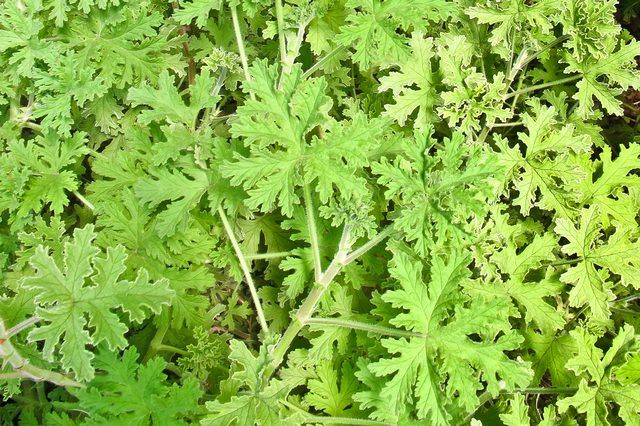
Throughout the flowering period, deadhead zonal geraniums as each flower head starts to fade. This stimulates more flowering through the season. Use a pair of clippers or your fingernails to clip the stems right below the flower. Wash your hands and the clippers with soapy water after trimming zonal geraniums. If you're growing zonal geraniums as annuals, plan to replace them in spring because the frost will kill them. Cranesbills only need trimming in late fall or winter after a hard frost kills the foliage. Take the dead stalks down to the soil line. In spring, new growth will shoot up from the roots.
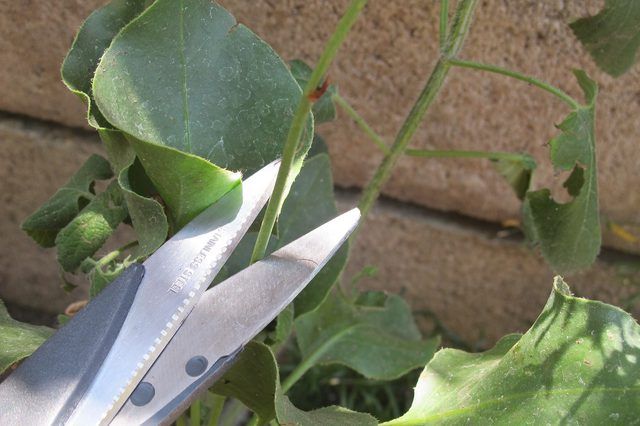
While zonal geraniums are common you'll also likely find similar varieties including regal geranium (Pelargonium ? domesticum), ivy geranium (Pelargonium peltatum) and scented-leaved geranium (Pelargonium spp.). These varieties grow in USDA zones 10 through 11 and share the same care requirements as zonal geraniums. Hardy geraniums belong to the same family but are in a different genus, which explains the significant difference in hardiness and care requirements.
